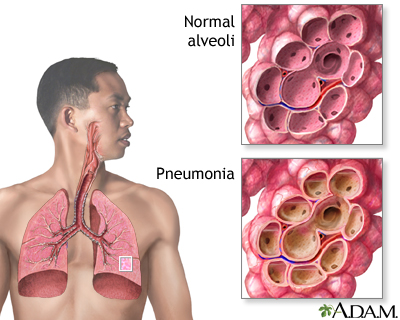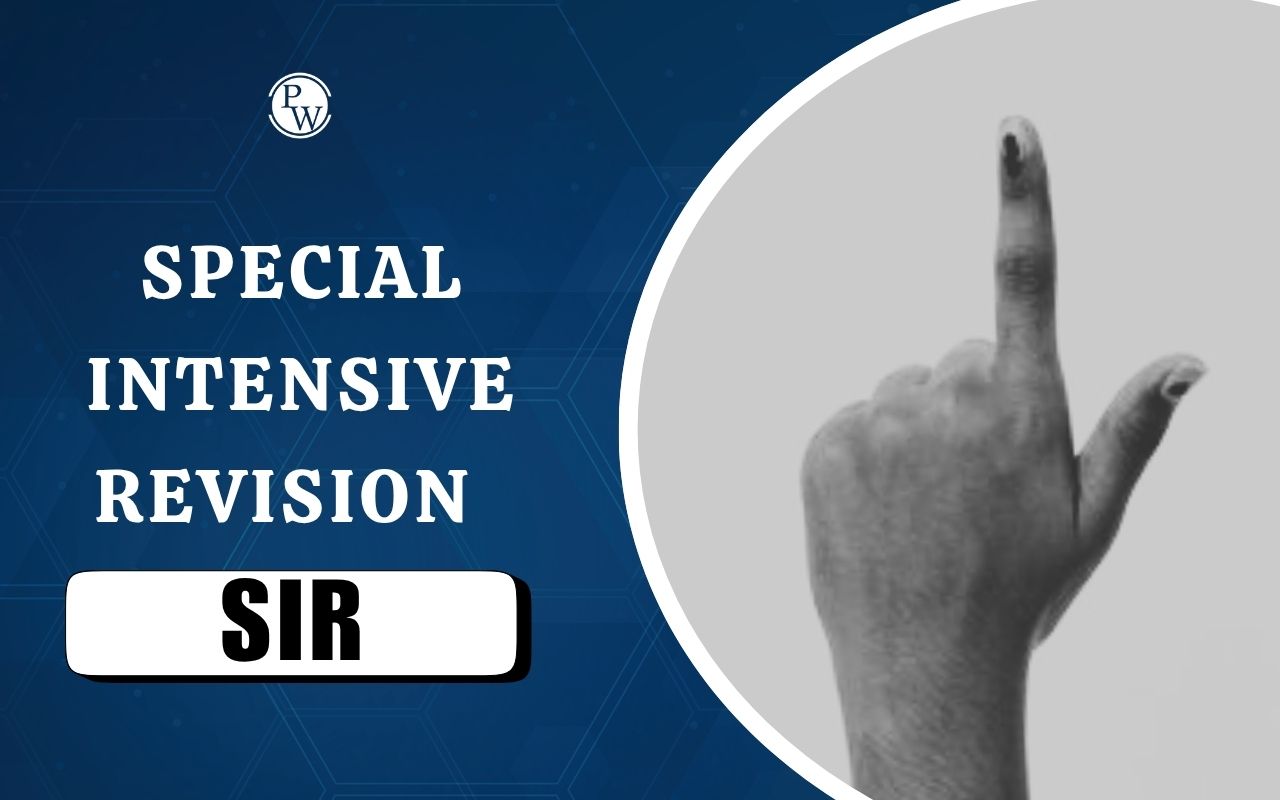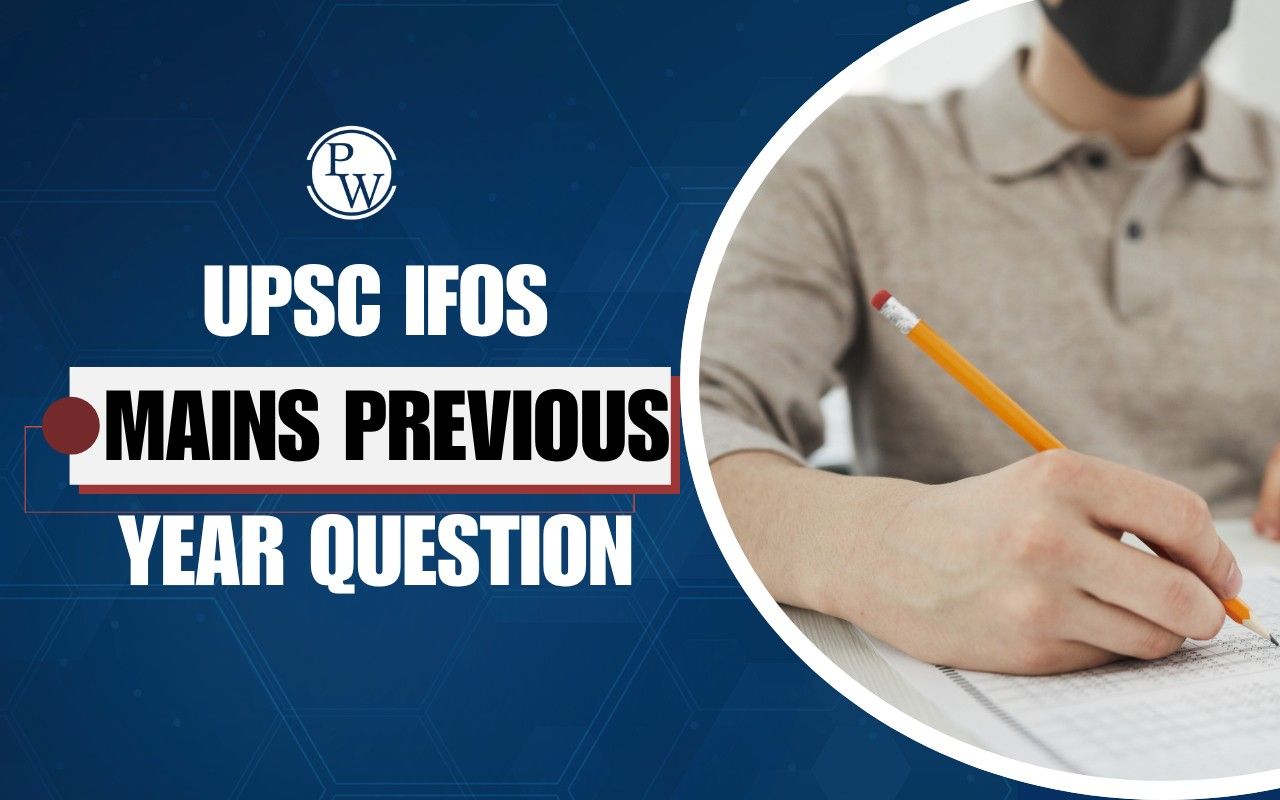

World Pneumonia Day 2024 is being observed on November 12th to confront a threatening public health crisis. Pneumonia remains the single biggest infectious killer of adults and children on a global level, with over 700,000 children under the age of five each year equivalent to around 2,000 young lives lost daily . This includes approximately 190,000 newborns, with nearly all of these deaths preventable.
Together, pneumonia and COVID-19 caused more deaths than any other pandemic or health issue, including heart disease. With the additional burden of climate change intensifying respiratory health challenges and a high possibility of future respiratory pandemics, addressing pneumonia has never been more critical.
With World Pneumonia Day 2024 , global health organizations, governments, and communities aim to educate the public on what is pneumonia disease , its causes, symptoms, and preventive steps.
What is Pneumonia Disease?
Pneumonia is a respiratory infection that inflames the air sacs, or alveoli, in one or both lungs. These air sacs fill with fluid or pus, causing symptoms that can vary from mild to severe. While pneumonia can affect anyone, it is hazardous for young children, the elderly, and people with weakened immune systems.

As pneumonia is a pervasive threat, World Pneumonia Day brings the global community together to raise awareness and advocate for prevention, early diagnosis, and treatment.
World Pneumonia Day Overview
World Pneumonia Day is observed every November 12 . Its aim is to raise global awareness about pneumonia, the world's leading infectious killer of children and adults. This day generally promotes preventive measures , supports universal access to vaccines and healthcare , and encourages early diagnosis and treatment.
Pneumonia is particularly dangerous for children under five , the elderly, and those with pre-existing health conditions , which makes the need for effective prevention and early treatment strategies required.
| World Pneumonia Day Overview | |
| Aspect | Details |
| Date | November 12, 2024 |
| Objective | To raise awareness about pneumonia, promote prevention, increase access to vaccines, and reduce the global pneumonia mortality rate. |
| Main Focus for 2024 | Addressing the impact of climate change and pollution on pneumonia, especially in vulnerable populations. |
| Affected Groups | Primarily affects children under 5, elderly adults, and individuals with compromised immune systems or pre-existing health conditions. |
| Key Causes of Pneumonia |
|
| Prevention Strategies | Vaccination, improving air quality, promoting hygiene practices, ensuring good nutrition, and avoiding exposure to pollutants and smoking. |
Causes of Pneumonia Disease
Understanding the causes of pneumonia is necessary and critical for preventing and treating this infectious disease. Various pathogens, including bacteria, viruses, and fungi can cause pneumonia:
- Bacterial Pneumonia : The most common type of Pneumonia is caused by Streptococcus pneumoniae . Other bacterial agents include Haemophilus influenzae and Staphylococcus aureus.
- Viral Pneumonia : Respiratory viruses like influenza , respiratory syncytial virus (RSV), and even SARS-CoV-2 (responsible for COVID-19) are common viral causes.
- Fungal Pneumonia : This rare type often affects those with weakened immune systems. Fungi such as Pneumocystis jirovecii , common in individuals with HIV/AIDS, are notable causes.
- Aspiration Pneumonia : Caused by inhaling food or drink into the lungs , aspiration pneumonia can lead to bacterial infection.
Each of the listed pathogens leads to different manifestations and severity levels, but all types result in the infection and inflammation of lung tissues, which can make breathing difficult.
Types of Pneumonia
Pneumonia is categorized based on the pathogen, where it was developed, and the population it affects. Here are the main types of pneumonia :
- Community-Acquired Pneumonia (CAP) : The most common type of Pneumonia is CAP which occurs outside hospitals or healthcare facilities and is often caused by Streptococcus pneumoniae or respiratory viruses.
- Hospital-Acquired Pneumonia (HAP) : Patients who develop pneumonia during or after a hospital stay face a more severe type due to potentially antibiotic-resistant bacteria, such as Pseudomonas aeruginosa.
- Ventilator-associated pneumonia (VAP) occurs in patients using ventilators, usually in intensive care units (ICUs), and often involves multidrug-resistant pathogens.
- Atypical Pneumonia : Caused by organisms like Mycoplasma pneumoniae, this type is often milder and sometimes called “walking pneumonia.”
Pneumonia Symptoms
Early recognition of pneumonia symptoms is necessary and can be beneficial to manage the disease effectively. Symptoms can vary depending on age , immune status , and the pathogen involved but commonly include:
- Cough : Often with phlegm (mucus), which may be yellow, green, or even bloody.
- Fever and chills : A high fever and shaking chills are common signs.
- Shortness of breath : Difficulty breathing, even during mild activities.
- Chest pain : Sharp or intense pain that worsens with deep breathing or coughing.
- Fatigue : General feeling of tiredness or weakness.
- Confusion : Particularly in older adults, pneumonia can lead to confusion or changes in mental awareness.
Children under the age of five years experience rapid breathing, chest indrawing, and difficulty feeding. Adults aged 65 and older, having chronic conditions like COPD (Chronic Obstructive Pulmonary Disease) and asthma increase the chances of acquiring pneumococcal pneumonia. Older adults with COPD are 7.7 times more likely to get pneumonia compared to healthy counterparts, while those with asthma face a 5.9 times higher risk .
Pneumonia in India
Pneumonia is a persistent and significant cause of morbidity and death in India , especially among children under the age of five years. According to UNICEF, in the year 2022 pneumonia accounted for 14% of all deaths of children under five years , and 23% of the global pneumonia burden with a case fatality rate ranging from 14 to 30% , which labels pneumonia as one of the country's leading health challenges.
Despite many improvements in the healthcare sector, issues such as limited access to vaccines, undernutrition, and air pollution deepen the burden of pneumonia in India.
Factors Contributing to Pneumonia in India
- Air Pollution : India faces extreme air pollution, particularly in urban areas. Prolonged exposure to polluted air can weaken the respiratory system, which will increase the vulnerability to pneumonia.
- Malnutrition : Poor nutrition weakens the immune system, which makes it harder for children and adults to fight off infections like pneumonia.
- Inadequate Vaccination Coverage : Vaccines for pneumonia, such as the pneumococcal conjugate vaccine (PCV) , are available but their efficient coverage remains insufficient, especially in rural areas.
- Lack of Awareness : Many people are unaware of the risks and symptoms associated with pneumonia, which ultimately leads to delayed treatment.
Burden of Pneumonia on Vulnerable Populations
- Tragically, pneumonia disproportionately affects the very young and the elderly. Children, who are living in areas with low vaccination rates, malnutrition, and homes using polluting fuels, face high vulnerability.
- Older adults, particularly those exposed to outdoor air pollution (largely from fossil fuel combustion) and smoking, are at increased risk. Shockingly, half of the 1.5 million pneumonia deaths among adults over 50 are linked to air pollution and smoking .
- For adults aged 65 and older, Pneumococcal pneumonia is a significant threat, especially to older adults who are 13 times more likely to be hospitalized compared to those aged 18-49.
- Symptoms can appear suddenly and often include difficulty breathing, chest pain, fever, and severe chills. The average hospital stay for those admitted with pneumococcal pneumonia is six days, and in the most severe cases, it can lead to death.
Global Impact of World Pneumonia Day 2024
World Pneumonia Day 2024 is observed with the aspiration of spreading awareness about the prevention, detection, and treatment of pneumonia. Through coordinated efforts between governments, NGOs, and healthcare providers, the day promotes life-saving interventions, such as vaccines and improved sanitation. Here’s how it impacts public health globally:
- Education and Awareness : World Pneumonia Day highlights essential information about pneumonia, including symptoms, treatment, and preventive methods, making people more attentive and aware.
- Vaccine Advocacy : This day also encourages vaccination campaigns, particularly for vulnerable populations like infants and the elderly, to reduce the spread of pneumonia.
- Policy Development : By drawing more attention towards pneumonia, World Pneumonia Day forces better healthcare policies, funding, and resources to fight against this disease.
- Community Outreach : Events organized across the world promoting early detection and timely treatment in communities that might otherwise lack healthcare access.
Prevention and Treatment of Pneumonia
The good news is that pneumonia is a preventable and treatable disease. Here are some preventive measures and treatments that can reduce the disease's impact:
Prevention
- Vaccination : Vaccines against pneumococcus (a common bacterial cause), Haemophilus influenzae type B (Hib), and measles help to prevent pneumonia.
- Hygiene : Hand washing, wearing masks, and maintaining general respiratory hygiene can significantly reduce the risk of viral and bacterial infections.
- Reducing Indoor Pollution : Avoiding smoking, improving ventilation, and using clean fuel can prevent respiratory conditions that increase pneumonia risk.
- Good Nutrition : Consuming a balanced diet helps to strengthen the immune system, which makes the body better able to fight off infections.
Treatment
Treatment of Pneumonia differs depending on the type and severity of pneumonia but may include:
- Antibiotics : Effective against bacterial pneumonia. Treatment duration can vary from a few days to several weeks.
- Antiviral Medication : Used in cases of viral pneumonia, particularly in cases like influenza or COVID-19.
- Hospitalization : Severe cases may require oxygen therapy, intravenous fluids, or even ventilator support in ICUs.
Every Breath Counts Coalition to Counter Pneumonia
The "Every Breath Counts" initiative is a global coalition of over 100 organizations working to reduce pneumonia deaths and prevent future respiratory pandemics . By addressing gaps in prevention, diagnosis, and treatment, it aims to save lives, particularly among vulnerable populations, and accelerate progress toward the health-related Sustainable Development Goals (SDGs). With pneumonia being the leading infectious killer, the initiative focuses on urgent action to combat respiratory infections, tackle climate change, and fight antimicrobial resistance to prevent millions of deaths.
Goals for World Pneumonia Day 2024
World Pneumonia Day 2024 highlights the importance of global unity in to fight against pneumonia by reducing deaths, especially in vulnerable populations. Some key goals for the year include:
- Increasing Vaccine Access : Ensuring that low-income countries have access to vaccines that prevent pneumonia-causing infections.
- Improving Healthcare Access : Strengthening primary healthcare facilities in rural and underserved regions.
- Enhancing Data Collection : Reliable data on pneumonia cases helps to track progress and identify areas that require more focus.
- Raising Awareness: Promoting global awareness of pneumonia’s impact and the urgent need for prevention, diagnosis, and treatment.
- Advocating for Policy Change : Encouraging governments to prioritize pneumonia in national health strategies and funding allocations.
Conclusion
As World Pneumonia Day 2024 approaches, we must prioritize protecting our most vulnerable populations of young children and the elderly from this deadly but preventable disease. Increasing awareness, supporting accessible vaccinations, and improving air quality can significantly reduce pneumonia’s impact. Let us join hands to tackle pneumonia disease, its symptoms, and causes, and work toward a world where pneumonia no longer poses a life-threatening risk.
Looking for guidance in UPSC preparation? Enroll in the UPSC IAS courses offered by Physics Wallah!
| UPSC Related Articles | ||
| UPSC Prelims Questions | NCERT for UPSC Exam 2025 | UPSC Mains Admit Card |
| UPSC Mains Exam Pattern | UPSC Scholarship Test | UPSC Result |
<span style=
What is the theme of World Pneumonia Day 2024?
Why is World Pneumonia Day celebrated?
What is pneumonia disease?
What are the causes of pneumonia disease?
What are the main types of pneumonia?
When is pneumonia awareness month?












